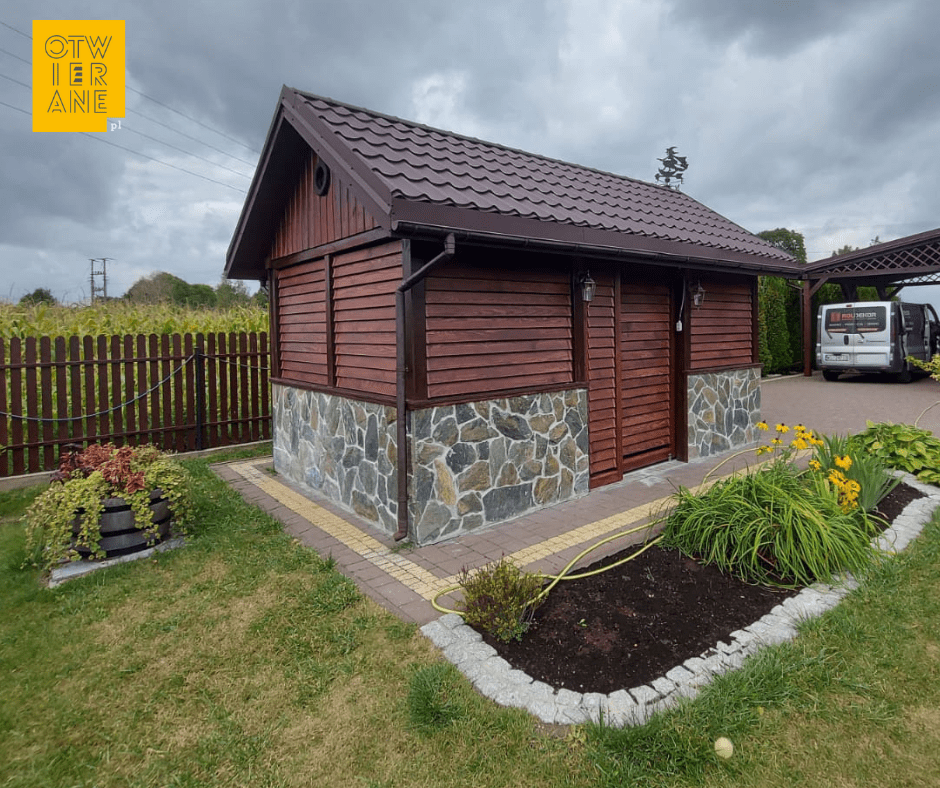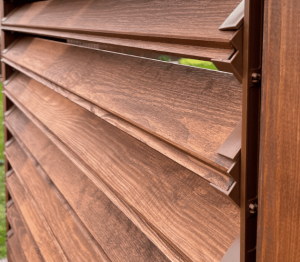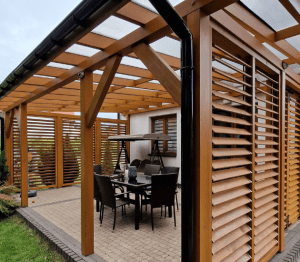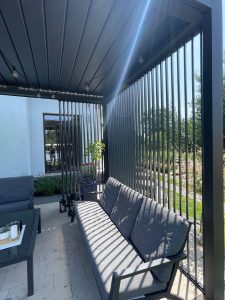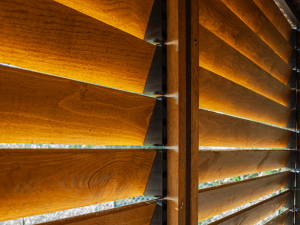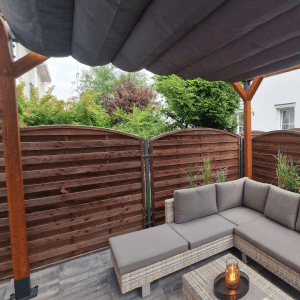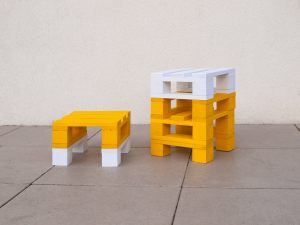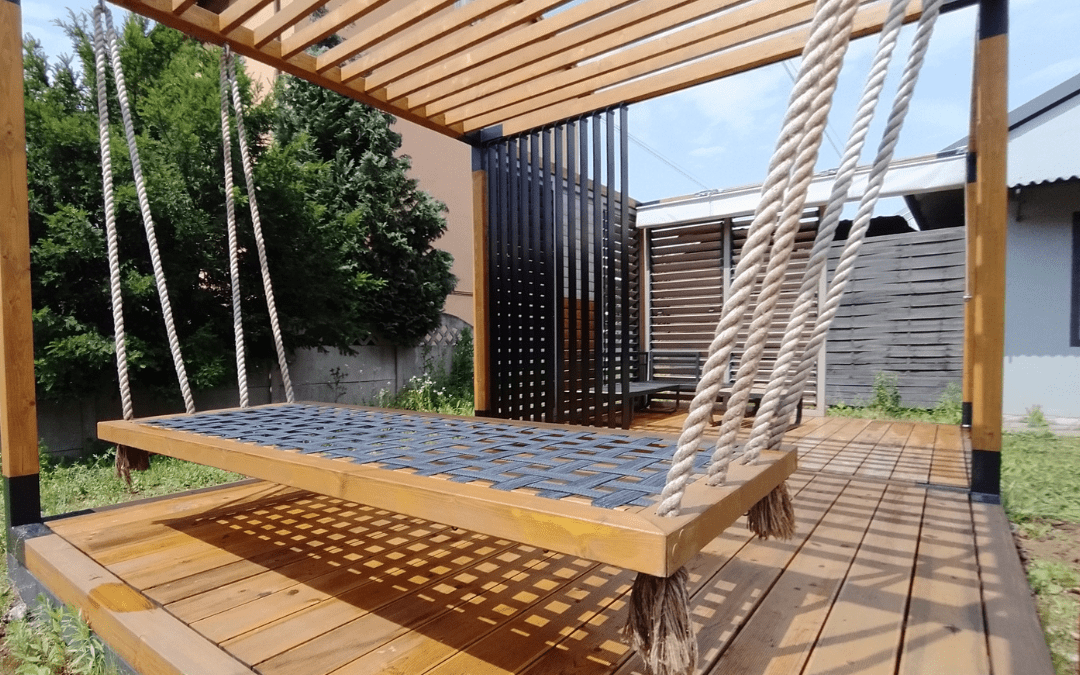
Ready-made patio pergola - do you build it yourself or order it made to measure? Do-it-yourself guide
Are you wondering whether ready-made terrace pergola Is this the project for you? Find out when it's better to bet on building your own and when to use professional installation.
Prefabricated terrace pergola is the dream of many homeowners who want to create a cosy place to relax on their terrace. For some this means a full construction with assembly, for others it means a set of components that allow you to build the pergola yourself. When is it better to opt for a DIY solution and when is it better to have a pergola made to measure? In this guide, you will find specific arguments for each option, learn about the key elements of construction and what to look for if you want a durable and aesthetically pleasing pergola.
What does a finished terrace pergola mean?
In practice ready-made terrace pergola can mean something different to different people. If you are looking for a complete pergola with installation, you choose a design, order it and after a few weeks you have a ready-made building on your terrace. If, on the other hand, you value self-reliance and want to save money, you can build your own pergola using prefabricated structural components that you will find on sale. These include steel corner connectors, mounting feet and side wall systems with movable terrace blinds.
This solution gives you the freedom to choose the materials, the size of the structure and the finish. All you have to do is plan the project, order the assembly elements and start building. It is up to you to decide whether the pergola will be roofed with polycarbonate or perhaps with roof lamellas, and whether you want to block out the side walls with wooden shutters or aluminium louvres.
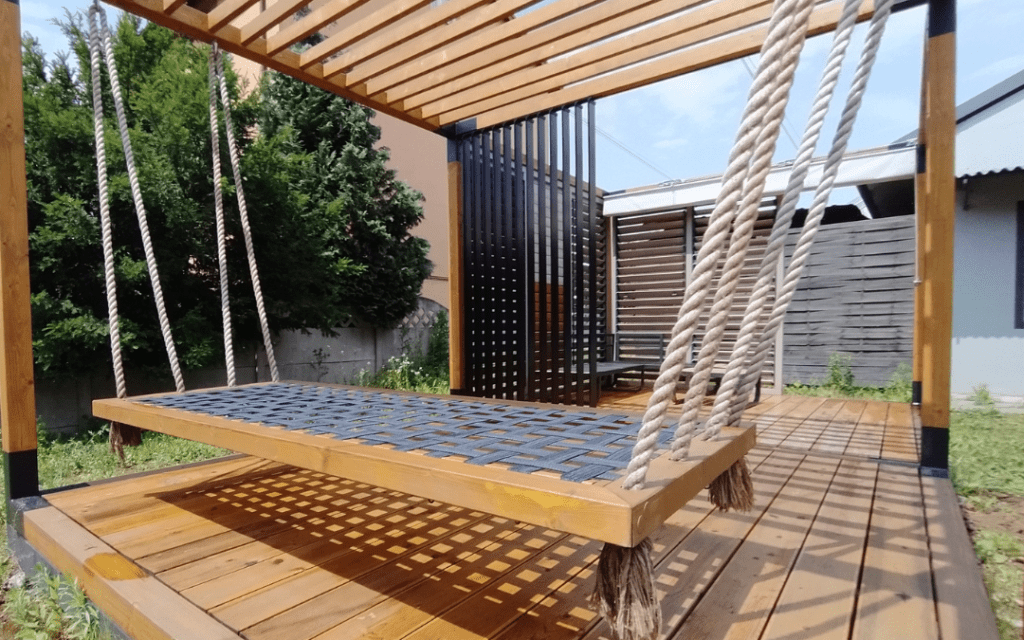
Ready-made DIY or bespoke patio pergola - which to choose?
Building a pergola yourself - for whom?
If you have experience in carpentry work or are working with a team that will undertake the construction to your design, the DIY option would be a good choice. Self-build allows you to:
- to match the pergola to the dimensions of the terrace or garden,
- save the cost of the installation service,
- have full control over the choice of materials and accessories,
- expand the structure with additional elements, e.g. a louvre side wall system.
By building a patio pergola yourself, you can customise its appearance and function to suit your needs. This is a good solution if you have the time and want to get involved in the project.
Customised terrace pergola with installation - for whom?
Choosing a made-to-measure pergola with installation is an option for those who want a finished structure without having to do the work themselves. A comprehensive service means:
- professional design tailored to your space,
- selection of the best materials by the contractor,
- quick and efficient installation,
- confidence that the whole will be durable and aesthetically pleasing,
- the possibility of obtaining a guarantee for the entire structure.
A pergola with installation will work well if you want time, convenience and a comprehensive service. It's a good solution if you don't want to deal with the planning and execution yourself, but want to benefit from the finished result.
Key elements of terrace pergola construction - what to look out for?
Whichever option you choose, it is useful to know what a solid patio pergola should be made of. The connecting elements and the way they are made are crucial. They determine the durability of the entire structure.
Corner connectors for pergolas
Corner connectors These are the elements that bind the support beams of the pergola together and are responsible for its rigidity. Good fasteners should be made of thick-walled steel with a minimum wall thickness of 3 mm. Why is this important? The thicker the steel, the greater the resistance to deformation caused by wind, snow or the weight of the roof structure.
The extended arms of the corner connectors have a direct impact on the rigidity of the entire connection. The longer arms stabilise the beams, minimising the risk of deflection under external forces. This ensures that the structure remains stable even with longer pergola spans.
Mounting feet for pergolas
Mounting feet play a key role in transferring loads from the structure to the ground. They should have a minimum beam fixing depth of 20 cm to maintain the vertical stability of the columns. Mounting holes with a diameter of 10 mm allow the footing to be firmly fixed to the foundation or concrete screed.
An important part of the mounting footing is the drainage hole, which drains water and prevents moisture from accumulating in the lower part of the timber posts. This makes the wood less prone to rot, extending the life of the entire structure.
Aesthetics of the components
A terrace pergola is also an aesthetic element that is supposed to harmonise with the garden and the architecture of the building. Therefore, pay attention to the way the mounting components are made. Fasteners and feet with smooth, neatly finished edges, without visible welds, look much better than typical steel constructions.
Powder coating provides a smooth, durable surface, which also contributes to the final visual effect of the pergola.
How to build a ready-made terrace pergola yourself step by step?
- Prepare the project - Measure your terrace or garden and determine the dimensions of the pergola. Decide whether you need the sides built in with blinds.
- Order assembly parts - corner connectors, mounting feet and side wall system from terrace louvres.
- Buy structural beams and roofing - laminated timber, aluminium, polycarbonate or roof laths.
- Fix your feet to the ground - make sure the ground is stable.
- Fit the beams in the connectors - twist the structure according to the design.
- Build the side walls of the pergola - install movable blinds to protect against sun and wind.
- Finish the pergola with accessories - LED lighting, climbing plants, garden furniture.
Garden pergola open or with side walls - which to choose?
Before you decide what you want it to look like ready-made terrace pergolaIt is worth considering whether you will opt for an open design or complement it with a side wall development. An open pergola will work well in wind-sheltered areas where you mainly want protection from the sun and to create a light, airy seating area. However, if your terrace is exposed to gusts of wind, low sun angles or neighbouring buildings restrict privacy, consider a side development.
Side walls made of movable external blinds allow you to regulate the sun, protect against wind and ensure privacy. The moveable boards can be set at any angle, adjusting the shade to the time of day and the weather. This solution significantly increases the functionality of the pergola - so that you can also use it in less favourable conditions.
If you are considering building into the side walls of a pergola, see our kits for external blindswhich make it easy for you to assemble yourself and allow you to customise the appearance of the pergola to suit your needs.
See kits for building up the side walls of pergolas
Need a proven solution? Contact us with your product selection!
For years we have been supplying solutions for the construction of terrace pergolas - for both do-it-yourselfers and those who prefer to have their structures made to measure. We offer components that combine durability, aesthetics and ease of installation. Our connectors, feet and systems for building up the side walls with external blinds will work well in wooden and aluminium pergolas, assembled by yourself or by professional teams.
If you are planning to build a terrace pergola and want to be sure that the structure will be solid and well-designed, contact us. We can help you choose the right components or we can realise the pergola for you with installation - from design to construction.
See our self-assembly pergola
View the range of wooden and aluminium pergolas with installation here
Do you have any questions? Call +48 530 336 595 or write to wycena@otwierane.pl.

